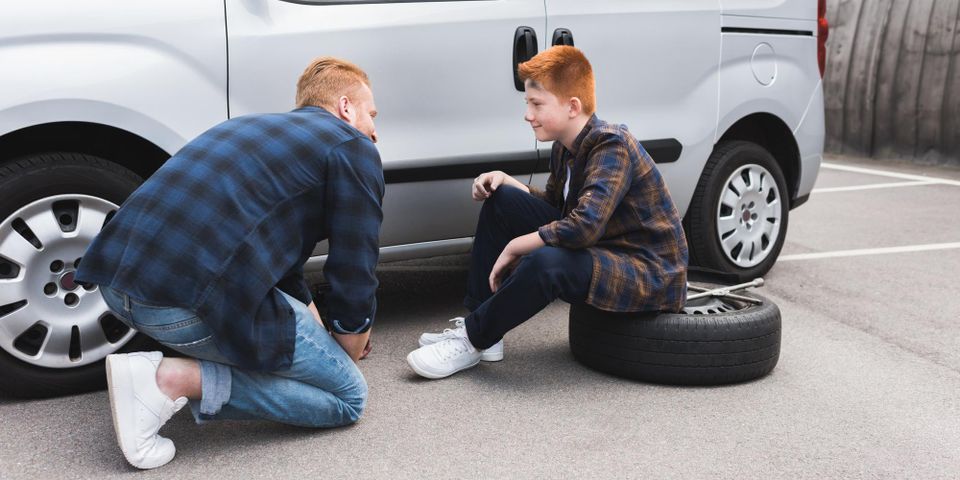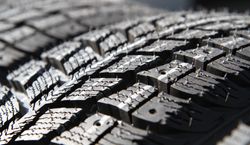What Should You Know About Tire Tread?

Tread gives your tires traction, which helps them grip the road and prevent skidding. Tread voids also assist with redirecting water on wet roads so that your vehicle doesn’t hydroplane. Here’s everything you need to know about these features and how to ensure your safety while driving.
Your Guide to Tire Tread
Measuring Depth
The most straightforward way to measure tread depth is to use a gauge. However, if you don’t have access to one, place a penny or quarter heads-down into one of the grooves. If Lincoln’s or Washington’s head is at least partially covered, you still have more than the recommended 2/32 inches of depth. If you can see the entire head, then your tires may no longer perform optimally in rainy or snowy conditions. In that case, have a professional replace them.
 Wear Patterns
Wear Patterns
You can also often judge the condition of the tread by looking at its patterns. Tread bars run from the outer to inner shoulder. When they become level with the tread, the rubber is worn and needs replacement.
Summer vs. Winter Tires
You might wonder whether to equip your vehicle with summer or winter tires, depending on the season. The summer variety usually has large tread blocks that maximize contact with the roads in wet and dry conditions, increasing your ability to brake and turn. The winter type has a deep tread pattern that helps your vehicle move smoothly over snow and slush. All-season styles are reliable in both summer and winter, but they don’t offer the same level of performance as those designed specifically for each season.
Keep your vehicle fully functional and safe with services from H & S Tire & Auto Center. For over 70 years, these auto mechanics have provided car maintenance, diagnostics, inspections, and repairs to clients throughout Wentzville, MO. Call (636) 327-5225 to order new tires or get a quote on brake repairs. Visit them online to learn more about vehicle safety.
About the Business
(165 reviews)
Have a question? Ask the experts!
Send your question

